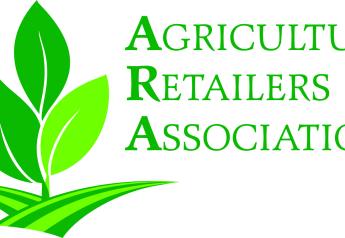Nitrogen Management: A Year-Round Commitment

Tom Fry, sales manager of premium products with The Mosaic Company, says retailers play a valuable role in helping farmers weigh the timing of nutrient applications. “The decision is a function of multiple factors—cropping systems, typical fall versus spring soil conditions, the market and logistics” he says.
For some, nitrogen’s traditional low pricing in the fall means it’s a great time to buy and capture savings. Additionally, the logistical simplicity of fall application is a draw to help alleviate the time crunch of spring planting.
However, what planning a fall application may give in ease of application, it can take in nutrient losses.
“Every study I see shows that spring-applied nitrogen results in better yields than fall application,” says Darin Lickfeldt, Verdesian Life Sciences senior technical development manager. “You stand to lose nitrogen by volatilization, leaching or denitrification. Applying 100% of nitrogen in the fall is a risky business that relies on hope, not science.”
As you work with farmer-customers to weigh their nitrogen application timing options, split timing applications spread the risk of loss. Lickfeldt says it’s worth crunching the numbers, and included in those calculations should be the cost of lost nitrogen.
As you help farmers refine their nutrient management, Fry encourages retailers and farmers to use all the tools available to them.
“Farmers considering split nitrogen applications with an in-season nitrogen application might want to consider taking a 2' in-season test to more accurately assess available nitrogen to fine-tune application rates,” he says.







